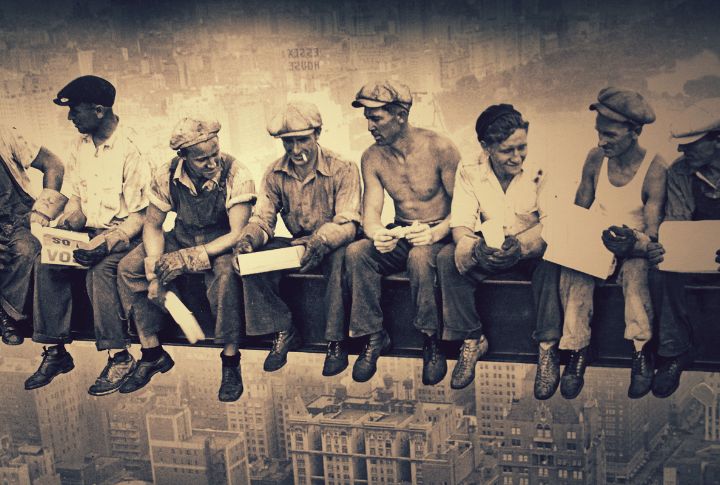
Ever scroll through old family photos and get sucked into a vortex of nostalgia? History is kind of like that, except instead of embarrassing childhood haircuts and awkward family gatherings, you get a glimpse into the past’s fascinating—and sometimes bizarre—realities. So prepare yourself as we set off on a tour through 15 incredible photos that capture pivotal moments, cultural quirks, and iconic figures of the bygone era.
The Construction of the Golden Gate Bridge (1930s)
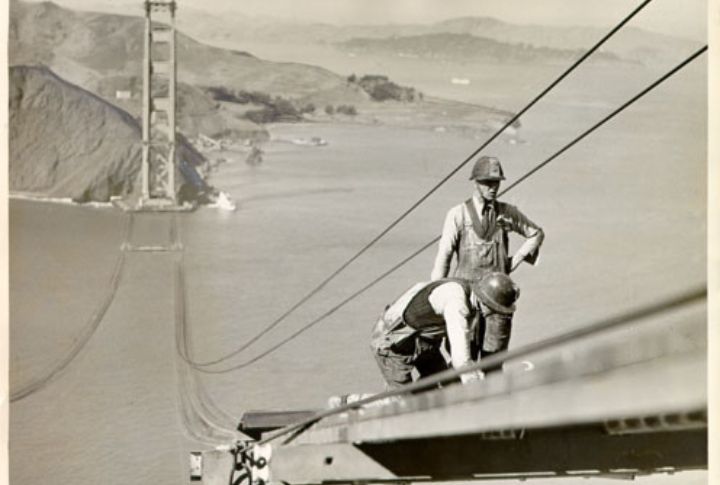
Here’s a jaw-dropping view of the Golden Gate Bridge in the making. Workers dangle hundreds of feet above the water without the luxury of modern safety gear. It’s proof of human ingenuity and perhaps a bit of insanity. Can you imagine the nerves of steel these guys had?
The First Flight at Kitty Hawk (1903)
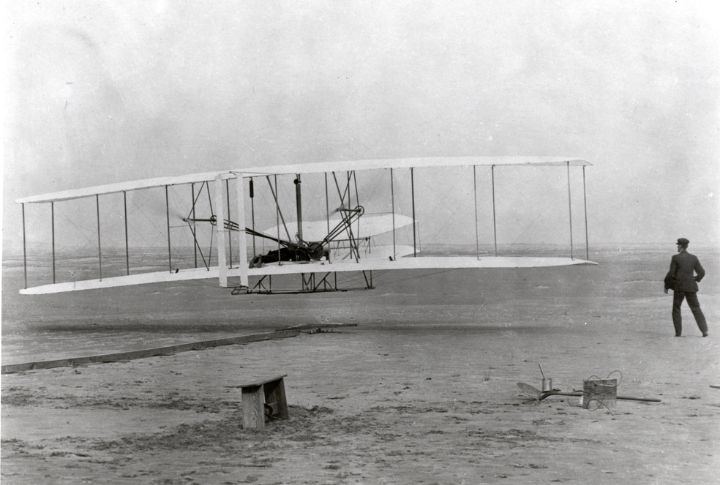
Orville and Wilbur Wright’s first flight in Kitty Hawk, North Carolina, changed the world forever. This photo captures the exact moment Orville took to the skies for a mere 12 seconds.
Woodstock Music Festival (1969)
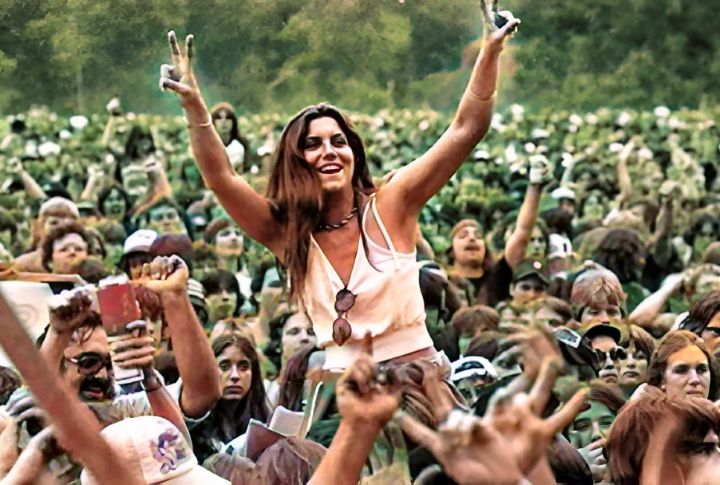
The vast crowd enjoying legendary performances in a muddy field encapsulates the peace, love, and music of the 1960s counterculture. Woodstock symbolizes a generation’s desire for harmony and free expression.
The Hindenburg Disaster (1937)
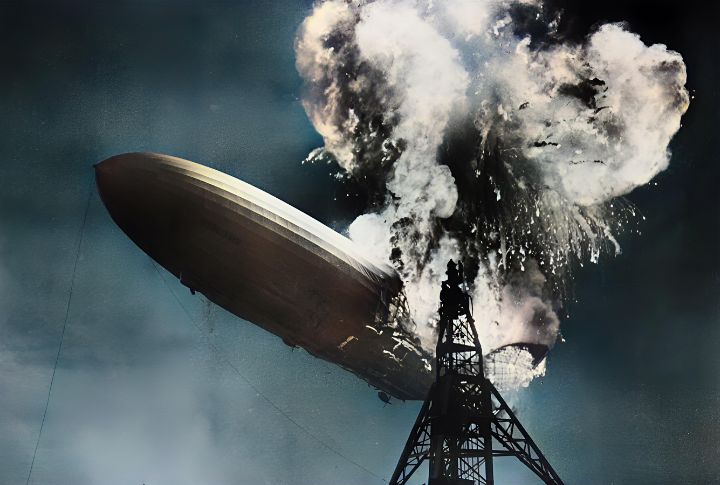
The Hindenburg airship’s tragic end in New Jersey was a cataclysmic event that marked the twilight of the airship era. On May 6, 1937, LZ 129 Hindenburg, a passenger airship from Germany, caught fire while docking at Naval Air Station Lakehurst. The image of the massive vessel engulfed in flames is not just a stark reminder of the risks of early aviation. It is also a dramatic symbol of the era’s technological optimism turned to horror.
Martin Luther King Jr.’s Speech (1963)
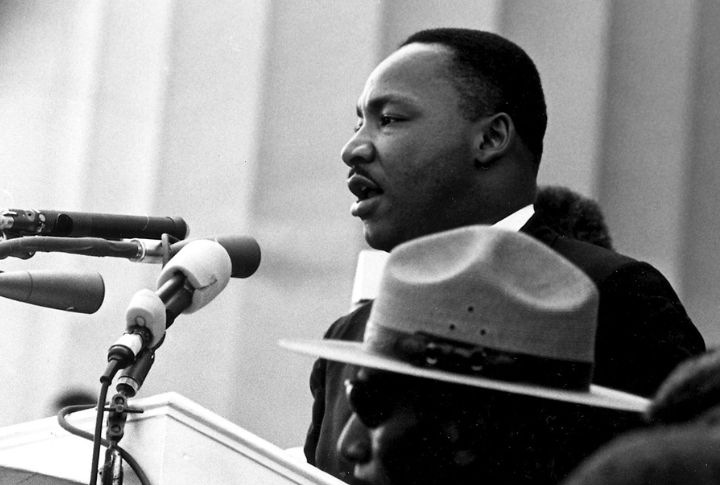
The events of August 28, 1963, were defining moments in American history. Dr. Martin Luther King Jr. appeared before a crowd of over 250,000 people at the Lincoln Memorial to deliver a speech that later became famous as “I Have a Dream.” King’s address shows the scale of the March on Washington and the profound effect his words had on the Civil Rights Movement.
Prohibition Agents Pouring Out Liquor (1920s)

The Prohibition era (1920-1933) brought about some of American history’s most interesting and rebellious moments. There is something evocative about this photo which captures the essence of the time as Prohibition agents poured out barrels of liquor in the streets. The 18th Amendment, which banned the manufacture, sale, and transportation of alcoholic beverages, turned ordinary citizens into lawbreakers and birthed the speakeasy culture.
The Moon Landing (1969)
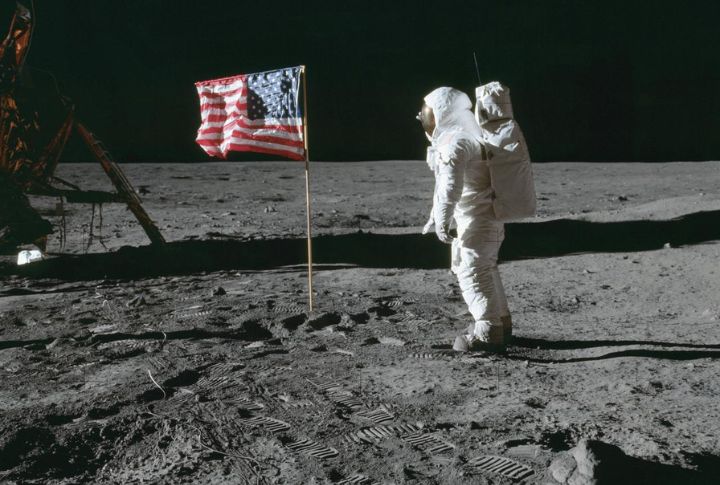
On July 20, 1969, humanity achieved what seemed like science fiction—Neil Armstrong set foot on the moon. It was a time of rapid technological progress and national pride owing to the space race between the United States and the Soviet Union. Armstrong’s famous words, “That’s one small step for man, one giant leap for mankind,” resonate deeply as a sign of human ingenuity and determination.
Elvis Presley’s Army Induction (1958)
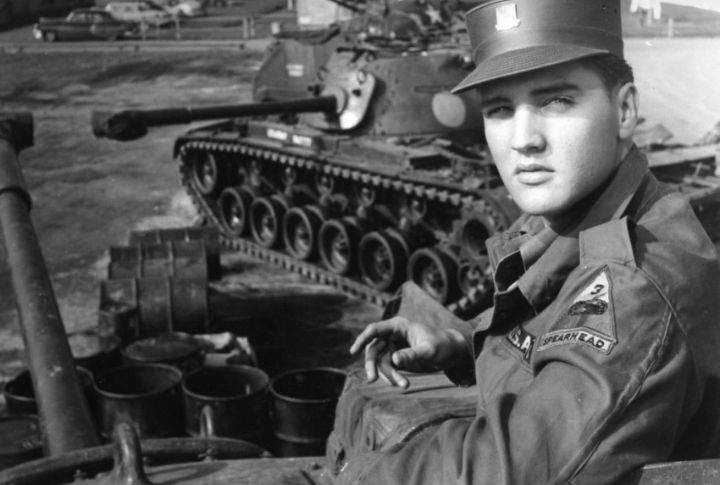
In March 1958, the King of Rock’ n’ Roll traded his blue suede shoes for an Army uniform. The scene captures Elvis’s transformation from a global superstar to a regular G.I., a move that stunned his fans and signaled a temporary pause in his meteoric rise. Elvis’s induction into the U.S. Army was a highly publicized event, blending the worlds of entertainment and national service.
Harlem Renaissance (1920s)
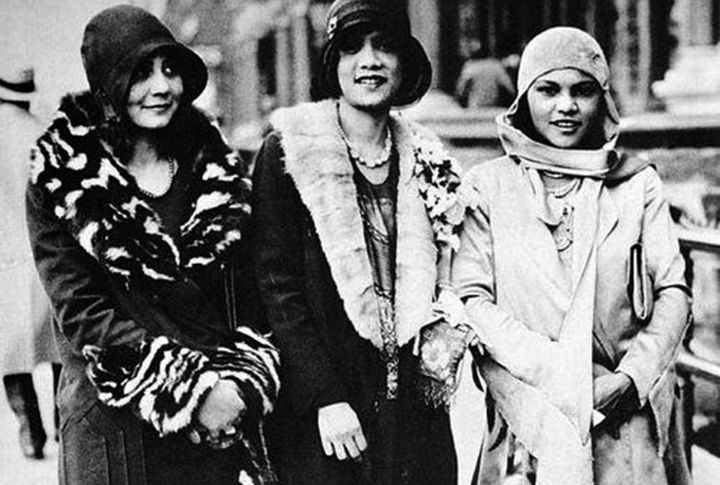
A vibrant cultural movement, the Harlem Renaissance saw an explosion of African American art, music, literature, and intellectualism in Harlem, New York, during the 1920s. A street scene from this era, buzzing with life, encapsulates the dynamic energy of the neighborhood. People such as Langston Hughes, Zora Neale Hurston, and Duke Ellington roamed these streets, creating works defining a generation.
The Birth of Silicon Valley (1970s)
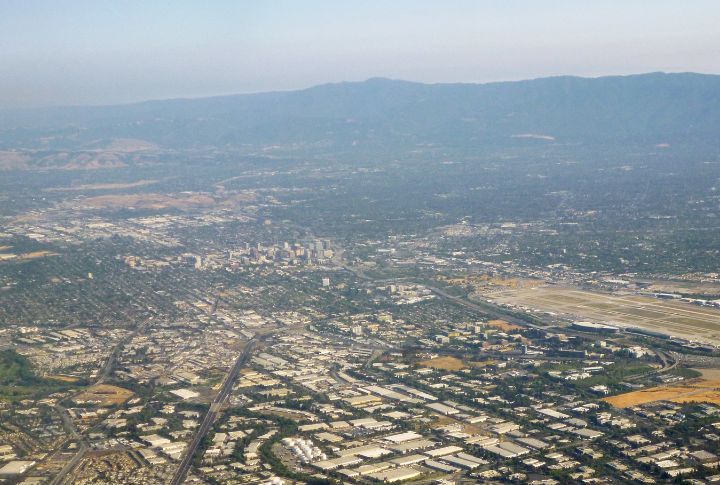
Young tech enthusiasts huddled around a makeshift workspace in a garage represent Silicon Valley’s humble beginnings. In the 1970s, visionaries like Steve Jobs and Steve Wozniak started tinkering with computers in such garages, planting the seeds for what would become the heart of technological innovation. This period saw the creation of the first personal computers, setting the stage for the digital age.
Burning of the Cuyahoga River (1969)
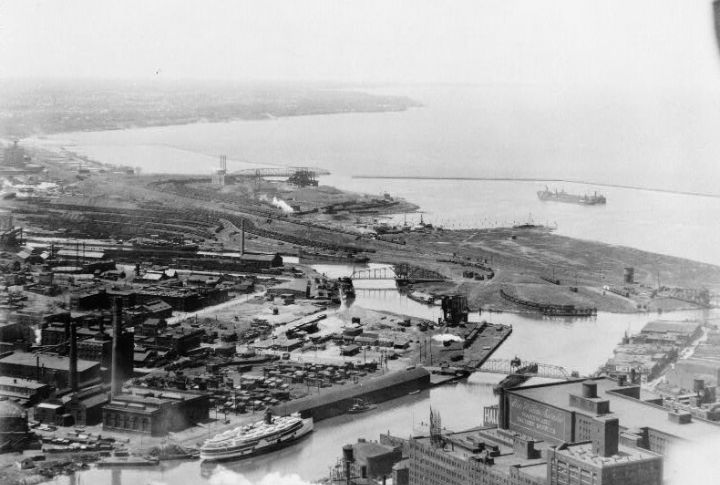
The shocking sight of the Cuyahoga River catching fire due to extreme pollution in 1969 was a wake-up call for environmental awareness. The image of flames dancing on the water in Cleveland, Ohio, highlighted the severe consequences of industrial pollution. Bizarre yet horrifying, the event catalyzed the environmental movement, leading to significant legislative changes. In response, the U.S. government established the Environmental Protection Agency (EPA) in 1970.
The Opening of Disneyland (1955)

On July 17, 1955, Disneyland opened its gates to the public, transforming Walt Disney’s dream into a magical reality. The photograph of excited visitors flooding into the park, greeted by Disney himself, records the start of what would become the happiest place on Earth.
The Great San Francisco Earthquake (1906)
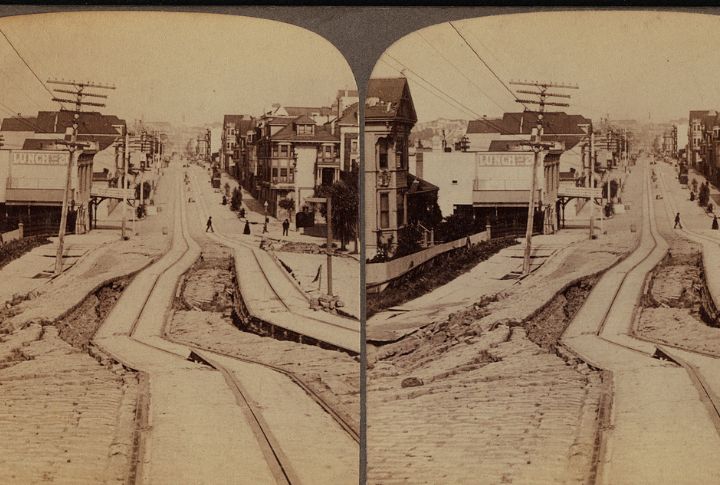
The devastation following the Great San Francisco Earthquake on April 18, 1906, is starkly captured in photos of ruined buildings and chaotic streets. This 7.9 magnitude earthquake, followed by massive fires, nearly destroyed the city, killing thousands and leaving many more homeless.
The Dust Bowl (1930s)

During the 1930s, the Dust Bowl devastated the Great Plains, turning once-fertile farmland into a barren wasteland. Photographs of massive dust storms, known as “black blizzards,” rolling across the landscape convey the severity of this environmental catastrophe. Photographers like Dorothea Lange poignantly captured the plight of the “Okies” (displaced farming families), showing the disaster’s human toll.
Lunch Atop a Skyscraper (1932)
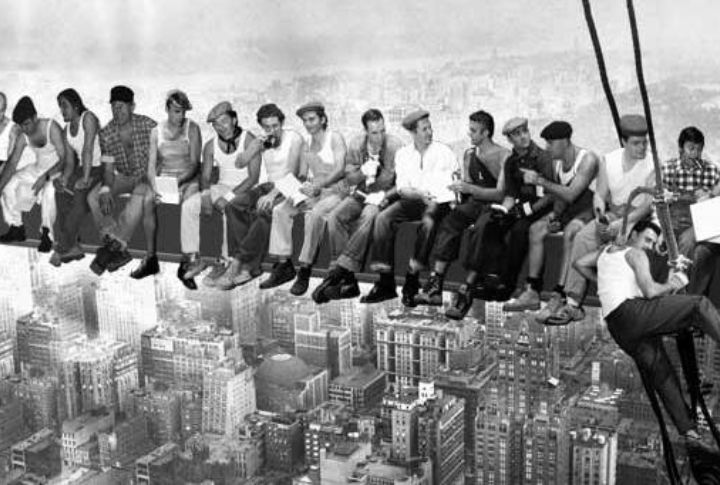
Eleven construction workers casually eat lunch on a steel beam 850 feet above the ground without harnesses or safety nets. Their nonchalant demeanor is both terrifying and awe-inspiring, highlighting the everyday bravery of those who built America’s skyscrapers.
